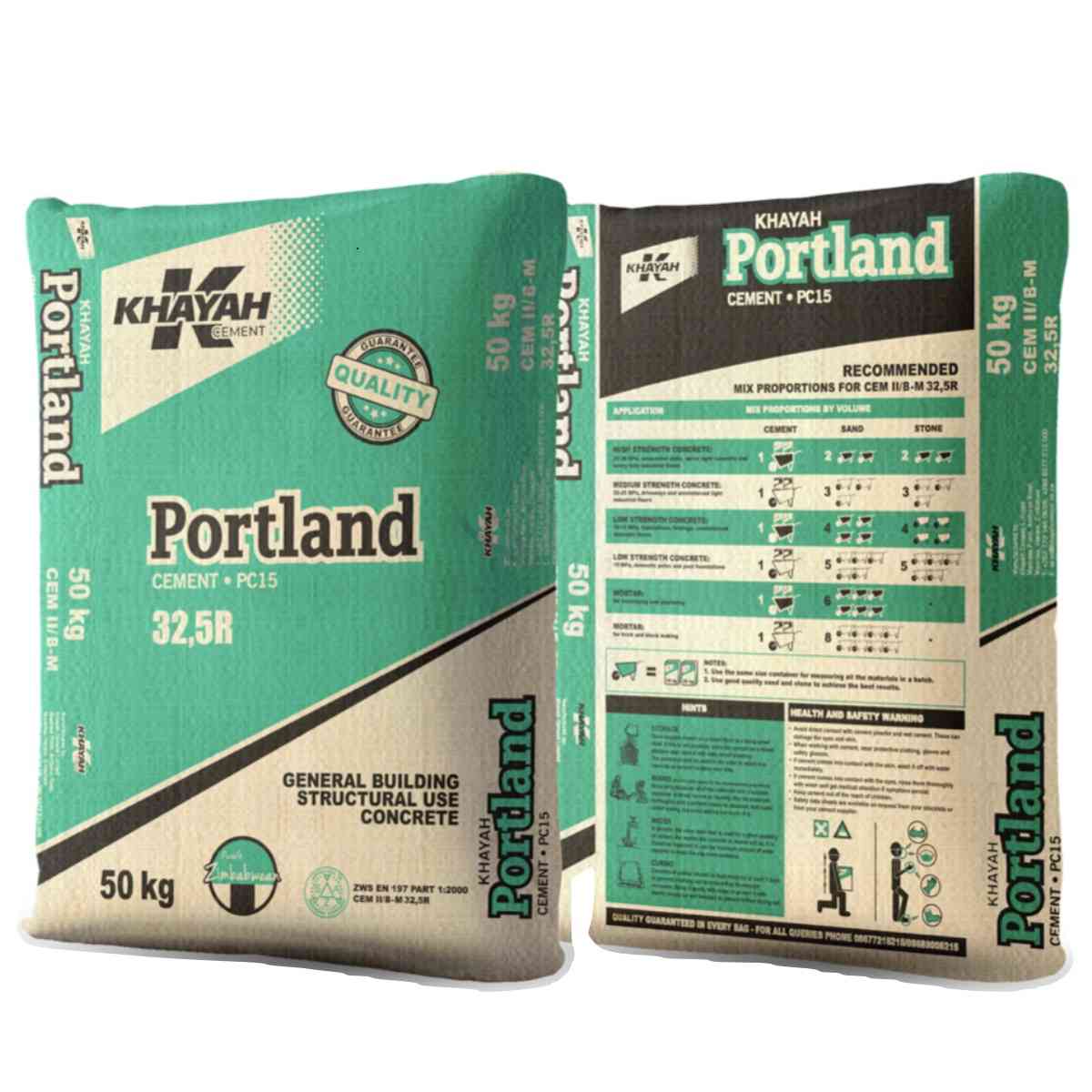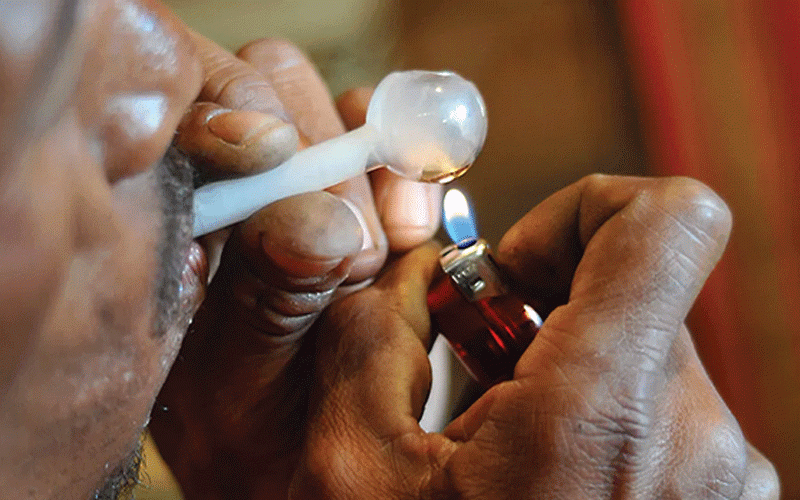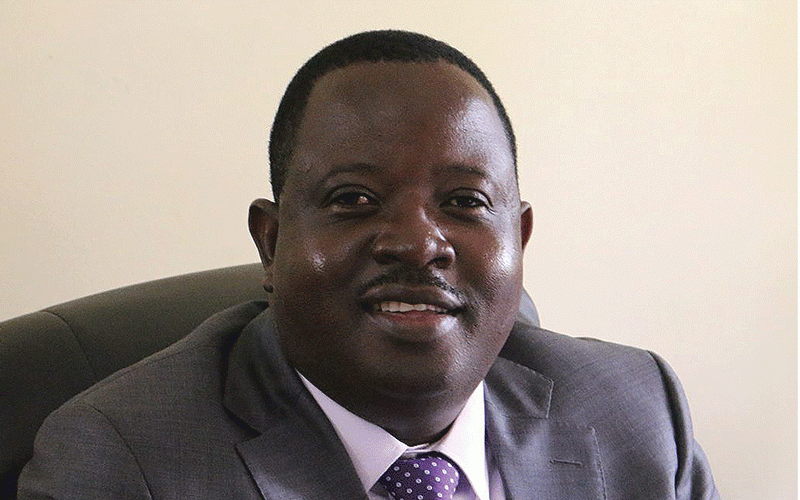
LIVESTOCK poverty deaths are expected to peak before the start of the 2024/25 rainy season in October due to limited access to water and pasture, the United States Agency for International Development (USAid) food security arm has said.
The country is currently battling the effects of the El Niño weather phenomenon, which has resulted in erratic rainfall patterns across southern Africa, leading to widespread crop failures and acute water shortages.
“Due to limited access to water and pasture, livestock poverty deaths are expected to peak before the start of the 2024/25 rainy season in October 2024. However, the forecasted average rainfall in late 2024 will likely improve water and pasture availability and support improvement in livestock body conditions,” USAid’s Famine Early Warning Systems Network (FewsNet) latest report read.
“Humanitarian food assistance needs are expected to increase into early 2025, following a very early start to the 2024/25 lean season and will be significantly higher than last year and the five-year average.
“The government and the United Nations have released appeals for domestic and international support covering immediate, short- and long-term interventions.”
Last year, the Agriculture and Rural Development Advisory Service disclosed that cumulative cattle poverty deaths reported last season stood at 7 643, with Matabeleland South province the most affected having lost 4 432 animals, followed by Matabeleland North (2 573), Midlands (735) and Masvingo (103).
Zimbabwe received US$31,8 million from African Risk Capacity, an arm of the African Union, as part of an insurance payout for the devastation the country suffered from the El Niño-induced drought last week.
The money from African Risk Capacity is expected to benefit 509 000 households.
- SA insurer targets Zim after US$2.4 million payouts
- SA insurer targets Zim after US$2.4 million payouts
- Insurance key in renewable energy transition
- Insurance key in renewable energy transition
Keep Reading
The government directly received a payment of US$16,8 million. The World Food Programme got US$6,1 million, which will benefit 200 000 people as part of drought mitigation in the southern African country and Start Network received the remainder.
“The areas of highest concern include the communal smallholder livelihood zones in southern, eastern, western and extreme northern typical deficit-producing areas,” FewNet said.
“However, there is also concern for most of the typical high- and surplus-producing areas in the Mashonaland provinces following a poor 2024 harvest and for urban poor households with limited purchasing capacity.”











